Availability of land for Depots in the urban context is a serious problem. Depots are required for the regular maintenance and upkeep of the trains and therefore must be within the network. Maha Metro’s practical experience of being allocated a Kachra Depot or Municipal garbage dumping place for the construction of their depot. The garbage on this land consisted predominantly of Municipal Solid waste heaped in stacks of 10 to 12 meters height and was home to pigs, stray dogs and rodents thriving in these insanitary conditions. This depot area was located amidst the residential /commercial complex posing an environmental risk to its residents .Maha Metro undertook the challenge of converting this garbage dump site into a world class depot.
During the last decade several developing cities in India, who were unable to cope with the ever-increasing number of private vehicles have opted for the metro rail services. The special purpose vehicle not only helps in reducing traffic snarls and not adding to the air pollution but also provding quicker and safer means of transport. Most of the cities undergoing rapid urbanization widening of roads is no longer an option. To enhance the transportation network of the city the metro alignment is split into two sections- the elevated section is laid on piers which are built within the medians of the road and for the severely congested areas the underground tunneling methodology is adopted. To the extent feasible the first option is adopted as it is practically one third the cost of the tunneling operation. The elevated option of piers are constructed within medians to ensures that the environmental impact is minimized.
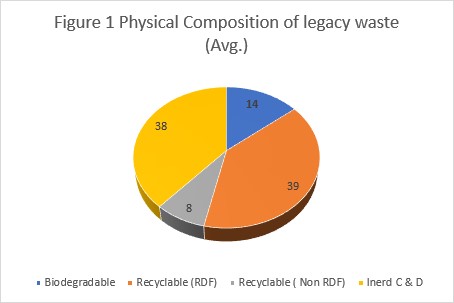 Land is a principal requirement in any project especially in urban context, the majority of the land requirement (94-96%) is from Government land with the balance from private acquisitions. Depots are required for preventive maintenance, cleaning and breakdown maintenance of these trains and must fall on the metro alignment.
Land is a principal requirement in any project especially in urban context, the majority of the land requirement (94-96%) is from Government land with the balance from private acquisitions. Depots are required for preventive maintenance, cleaning and breakdown maintenance of these trains and must fall on the metro alignment.
Pune Metro has two corridors, Vanaz to Ramwadi and PCMC to Swargate with a total Length of 33.1 km with 30 stations. Depot for Vanaz to Ramwadi corridor is planned at Vanaz Municipal dumping ground. The land allocated for the Vanaz depot was over 12.2 hectares of undulating land , abandoned Kachra depot where the dumping operations had been stopped in1990 and moved to Uruli Devachi land fill site. The Municipal Solid waste was piled in heaps of 8 to 12 meters on the entire premises. Clearing the site for commencement of construction was the priority.
Methodology Used for Clearance
Maha Metro’s priority was to remove the garbage to begin construction .PMC was unable to provide any space to which this material could be transferred and therefore it was imperative to find an alternate solution.
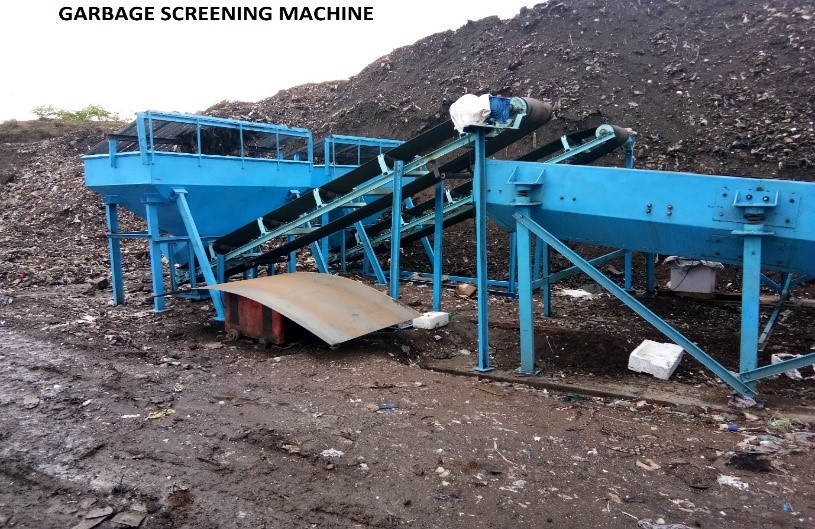 A brainstorming session was organized on 26th April 2019 at Civil Court office for the stake holders (Contractor, Consultant and Maha Metro) to consider the options for site clearance. The session led to the following decisions.
A brainstorming session was organized on 26th April 2019 at Civil Court office for the stake holders (Contractor, Consultant and Maha Metro) to consider the options for site clearance. The session led to the following decisions.
- Handling garbage is an environmentally sensitive issue, and the existing garbage cannot be removed from the site in its present condition.
- Garbage to be handled in a scientific manner by testing and using a proven technology.
- 10 samples each of physical and chemical analysis to be done by a QCI-NABET accredited consultant.
- Field trip required to an active legacy waste site for firsthand experience.
A field visit was undertaken on 30.4.2019 to an active legacy waste site at Mulund. The learning was that the waste needs to be stabilized and then segregated prior to disposal.
Findings
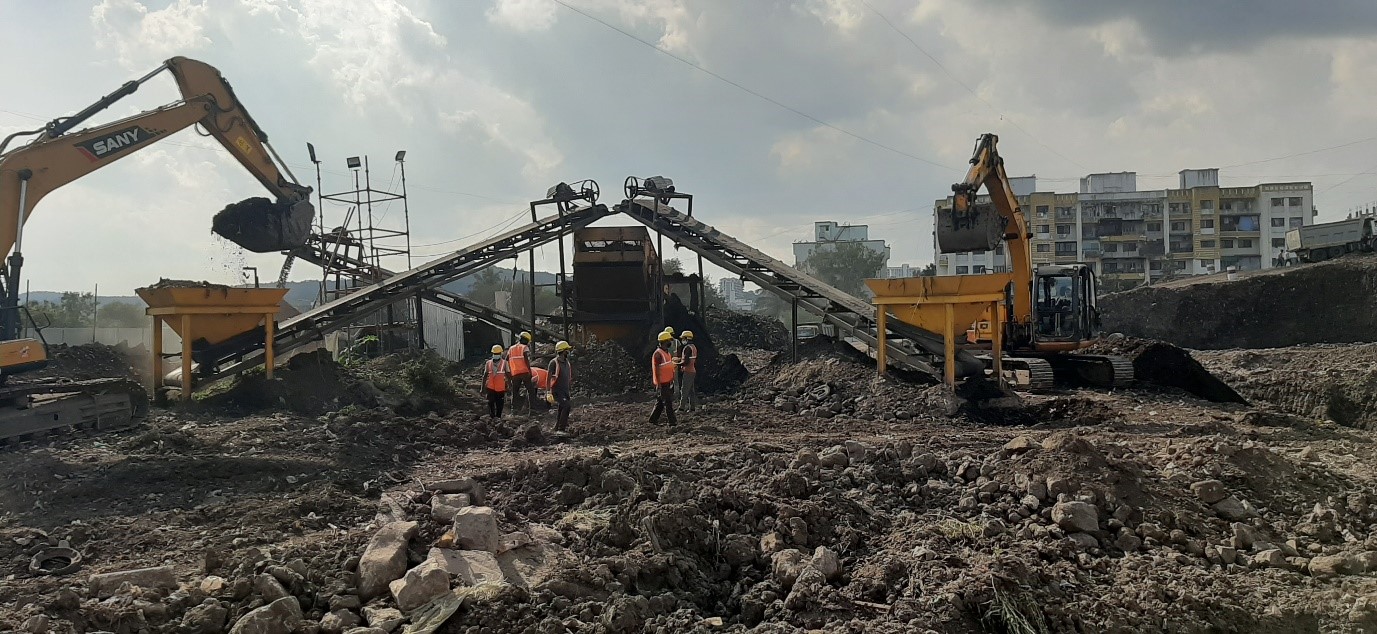 Physical and chemical examination was done for the legacy waste which provided the following results. The physical analysis revealed that the legacy waste consists of 14% biodegradable material, 39% recyclable material (RDF -paper, cardboard, textile rags, plastic rubber etc.) 8% recyclable (Non -RDF -glass metal etc.)39% Inert Construction and Demolition waste.
Physical and chemical examination was done for the legacy waste which provided the following results. The physical analysis revealed that the legacy waste consists of 14% biodegradable material, 39% recyclable material (RDF -paper, cardboard, textile rags, plastic rubber etc.) 8% recyclable (Non -RDF -glass metal etc.)39% Inert Construction and Demolition waste.
Chemical Analysis revealed that 96% of the material passed through sieve size of 4mm and the Chemical characteristics revealed that it had a high content of potassium, nitrogen, phosphate and high organic carbon. The heavy metals were well within the acceptable norms making it a rich soil conditioner.
Waste Management System used by Pune Metro
The tests confirmed that the waste was in the stabilized form and safe to handle. The major function was to now segregate this waste into the various components and dispose as per guidelines. (Guidelines for Disposal of Legacy Waste (Old Municipal Waste) Central Pollution Control Board -February 2019)
The total waste consisted of 3.8 tons with a specific gravity of 1.2 and volume of 4,60,000 cubic meters. The first step for waste management was screening and the in-house expertise tried out several options before achieving the desired results.
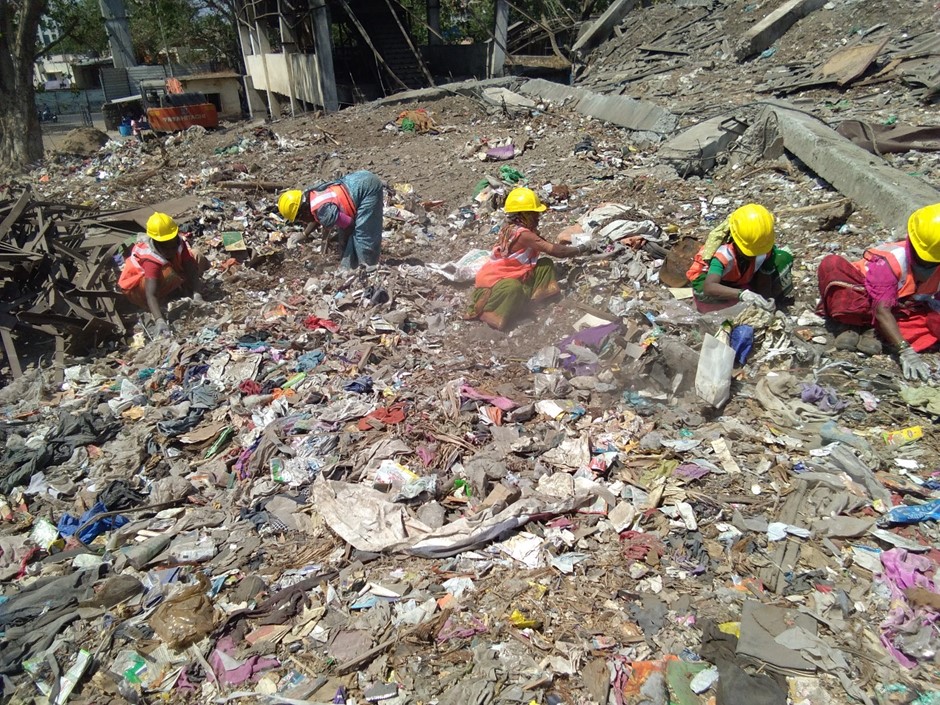 An initial vibratory machine of screen size 750mm x 1500mm with a sieve size of 10mm was operationalized. The sieved material was like a fine grain soil. The material left on the screen consisted of plastics, rubber, leather; C&D waste.The plastic material was flimsy covered in dirt and of little value for R&D.
An initial vibratory machine of screen size 750mm x 1500mm with a sieve size of 10mm was operationalized. The sieved material was like a fine grain soil. The material left on the screen consisted of plastics, rubber, leather; C&D waste.The plastic material was flimsy covered in dirt and of little value for R&D.
Based on this experience a second Bed/Pit type of machine was procured. JCB was used for pouring garbage onto the sieve and the sieved material would collect in a pit .The machines had a rated capacity of 30 cubic meters per hour but could only provide efficiency of 8-10 cubic meters per hour .This was due to almost 60% of the material being fine grained, the pit required frequent cleaning for which the machine needed to be shut down. Another problem was in case the JCB dropped a heavy load on the machine it would tend to bounce off and sometimes the machine would stop operating due to the heavy loading.
After due deliberation a conveyor type of screening machine like those used in quarry was ordered with a capacity of 40 cubic meters. This machine had the advantage that the screened material was brought out by the conveyor and did not pose a risk in handling.
During this phase, scavengers were invited to collect anything of value to them.
The screened material was tested as per IS 2720 and found suitable for use as backfill.
The screening of the waste was carried out at a central location and a barricade of green net was provided around the equipment to minimize dust particles from escaping to the atmosphere.
2, 76,000 cubic meters (60%) of the material was sieved of which 1, 60,000 cubic meters (57%) was used as backfill for the two depots. The balance was used for tree transplant and Raw material required for soil filling between the metro piers.
The balance 40% inert material was used as backfill at a landfill site 20km away.
Conclusion
Waste Management involves a process whereby wastes are collected, transported, and disposed of in the best possible way of limiting or eliminating the harmful effect of wastes.
This is an extremely important aspect of environmental management as failure to do so results in pollution of the environment. Studies have shown that there is a direct link between air, water, and land pollution and diseases such as lung cancer, heart disease, cholera and typhoid.
Maha metro was able to successfully handle the waste management, clear the space and create a world class unit but also able to improve the environmental conditions of the area for the residents there.
Maha Metro by using the segregated waste avoided the use of landfill material (murum soil) which otherwise would have been sourced from the mines. This avoided the mining of 1,60,000 cubic meters of backfill material (murum soil /grave).
This helped maha metro to save money and protect the environment. The garbage (Kachra) being used as backfill material which saved money. Hence, it can be aptly described as, “Kachra se Kanchan’’.


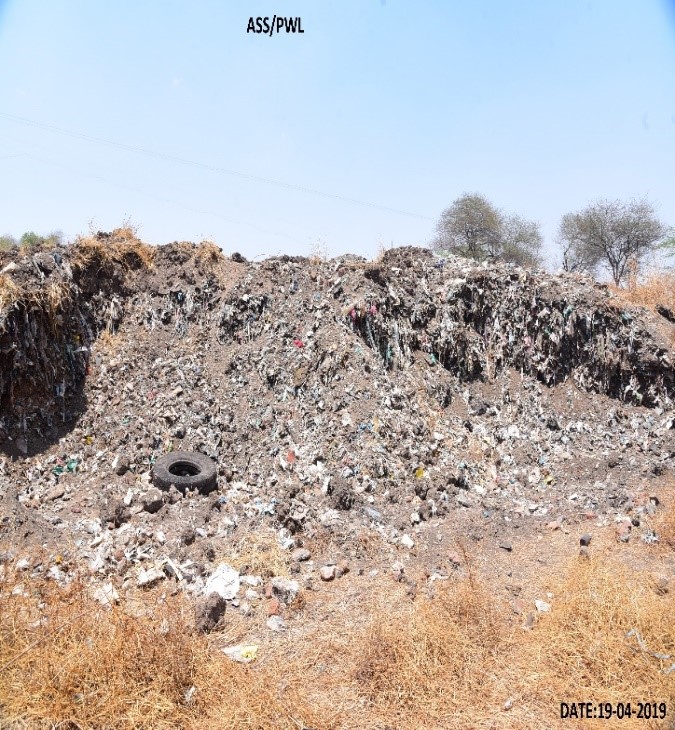








[…] A Journey from Kachre se Kanchan RECYCLING magazine […]